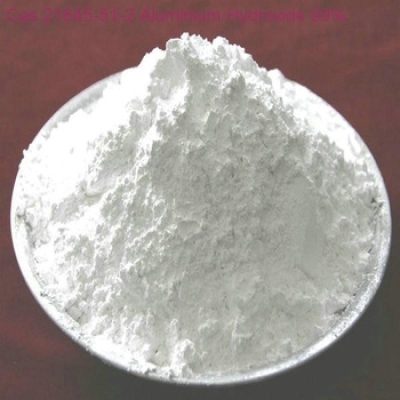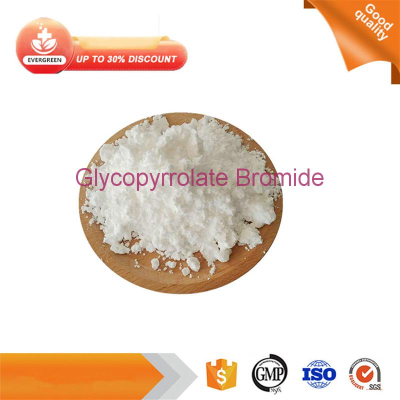-
Categories
-
Pharmaceutical Intermediates
-
Active Pharmaceutical Ingredients
-
Food Additives
- Industrial Coatings
- Agrochemicals
- Dyes and Pigments
- Surfactant
- Flavors and Fragrances
- Chemical Reagents
- Catalyst and Auxiliary
- Natural Products
- Inorganic Chemistry
-
Organic Chemistry
-
Biochemical Engineering
- Analytical Chemistry
- Cosmetic Ingredient
-
Pharmaceutical Intermediates
Promotion
ECHEMI Mall
Wholesale
Weekly Price
Exhibition
News
-
Trade Service
Apomorphine hydrochloride hemihydrate is a chemical compound that is commonly used in the pharmaceutical industry.
It is a derivative of morphine, a naturally occurring alkaloid that is extracted from the opium poppy plant.
Apomorphine hydrochloride hemihydrate is used in the treatment of Parkinson's disease, a progressive neurological disorder that affects movement and cognitive function.
Apomorphine hydrochloride hemihydrate is a potent and selective dopamine agonist, which means that it binds to dopamine receptors in the brain and stimulates their activity.
This is thought to help alleviate the symptoms of Parkinson's disease, such as tremors, stiffness, and rigidity.
The compound is administered via injection and is typically used in patients with advanced Parkinson's disease who have become resistant to other treatments.
The production of apomorphine hydrochloride hemihydrate involves several steps, including the synthesis of the individual components and the subsequent formation of the final product.
The synthesis of apomorphine hydrochloride hemihydrate typically involves the following steps:
- Synthesis of morphine: Morphine is extracted from the opium poppy plant and is typically synthesized through a series of chemical reactions that involve the isolation and transformation of the alkaloid.
- Synthesis of apomorphine: Apomorphine is synthesized by reacting morphine with a series of chemicals in the presence of a catalyst.
This process typically involves several stages, including hydrolysis, condensation, and reduction. - Purification of apomorphine: The resulting product is typically purified through a series of crystallization and chromatography steps to remove any impurities.
- Hydrochloride formation: Apomorphine hydrochloride is formed by reacting apomorphine with hydrochloric acid.
- Hemihydrate formation: The final product is apomorphine hydrochloride hemihydrate, which is a crystalline solid that contains two water molecules attached to the molecule.
The production of apomorphine hydrochloride hemihydrate is typically carried out in a chemical laboratory by trained professionals.
The process requires the use of various chemical reagents and equipment, such as reflux condensers, distillation apparatus, and chromatography columns.
The production process must be carefully controlled and monitored to ensure the purity and quality of the final product.
One of the key challenges in the production of apomorphine hydrochloride hemihydrate is the purification of the final product.
The compound is typically purified through a series of crystallization and chromatography steps to remove any impurities.
This purification process can be time-consuming and costly, and it requires the use of specialized equipment and chemicals.
In addition to its use in the treatment of Parkinson's disease, apomorphine hydrochloride hemihydrate has also been investigated for its potential use in the treatment of other neurological disorders, such as addiction and obesity.
However, further research is needed to fully understand the safety and efficacy of the compound for these indications.
Overall, apomorphine hydrochloride hemihydrate is an important chemical compound that has significant therapeutic potential in the treatment of Parkinson's disease.
The production of the compound involves several steps, including the synthesis of the individual components and the subsequent formation of the final product.
The production process must be carefully controlled and monitored to ensure the purity and quality of the final product.
Further research is needed to fully understand the safety and efficacy of the compound for the treatment of other neurological disorders.







